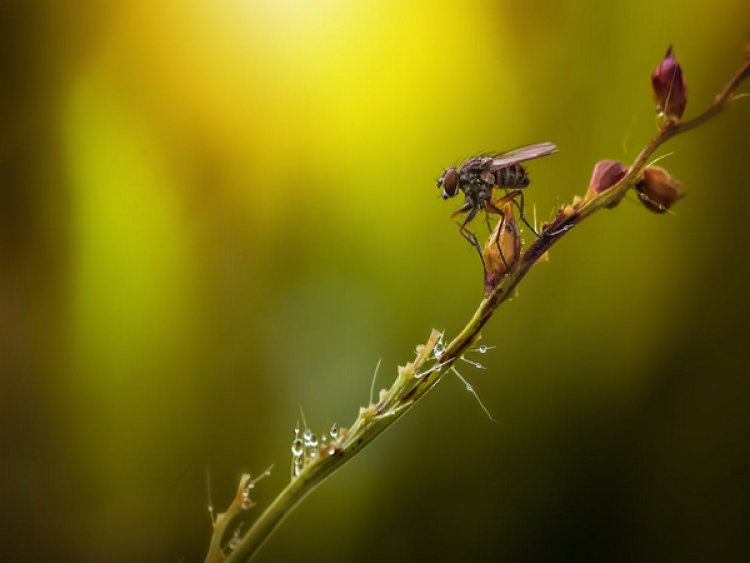Study: Flies smell motion of odours to navigate

New Haven, US: From wolves to bees, all animals and insects depend on their ability to locate the source of odours, which is difficult when wind disperses and hides their source. According to earlier studies, animals and insects find these targets by smelling the strength of the odours and then tracing back in the opposite direction of the wind.
For the same reason, that smoke from a chimney disperses and its trail does not necessarily travel back to its source, following the wind alone, however, can misdirect them. Scientists at Yale University, under the direction of Thierry Emonet and Damon Clark, questioned whether flies were capable of detecting odour packet motion without the aid of wind using one of their two antennae.
The Emonet and Clark laboratories used their knowledge of motion detection and olfactory navigation to create tests to test this theory for a new study. They found that flies can actually perceive the direction of moving odour packages on their own, in addition to the wind.
They genetically altered the fly antennae to sense light in order to accomplish this finding. They then made fictive odour packets out of light and observed how the flies reacted to these signals in both windless and windy conditions. They discovered that the fly antennae cooperated to detect the motion of odour packets, enabling flies to change their route solely based on signals from odour packets. The article was released in the journal Nature on November 9.
According to the researchers, this information will help not just public health and agriculture (how mosquitoes identify humans and flowers), but also the creation of robots that can detect environmental threats like landmines.















































